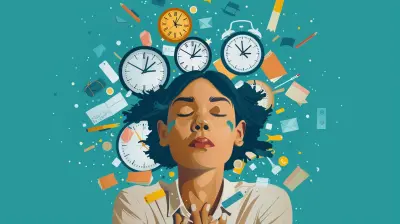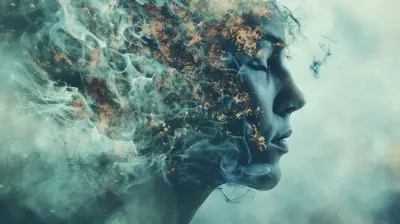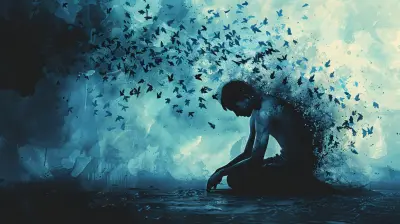Psychoanalysis and Art: How Creativity Reflects the Unconscious
10 June 2025
What if I told you that art could be a window into your unconscious mind? That the painting you hung in your living room or the poem you scribbled at midnight could speak louder than words from a therapy session? That’s exactly what psychoanalysis suggests.
Psychoanalysis and art have always danced closely. One delves into the hidden chambers of the mind; the other expresses what lies buried and unsaid. When Sigmund Freud first introduced psychoanalysis, he opened not just a new chapter in psychology but also offered a powerful lens through which to understand the creative process. And even though Freud isn’t everyone’s cup of tea today, some of his ideas still hold fascinating relevance—particularly when we think about art and what drives it.
In this post, we’ll get into the nitty-gritty of how creativity reflects the unconscious. So, grab a comfy seat, and let’s go on a journey into the human psyche—through the brush strokes, the rhythms, the symbols, and the silence between the words.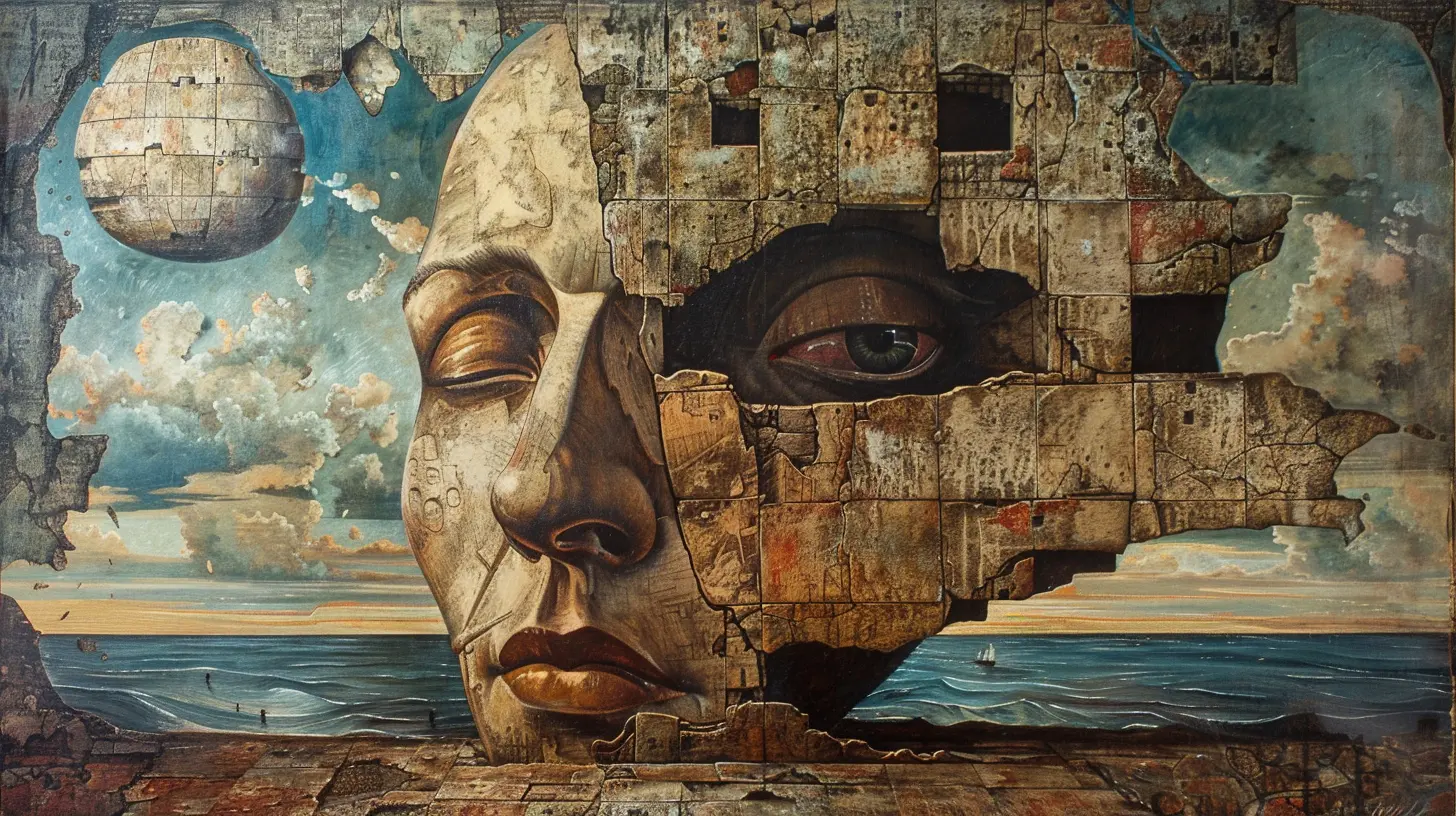
What Is Psychoanalysis, Anyway?
Alright, quick crash course: psychoanalysis is a psychological theory and therapy method founded by Sigmund Freud in the late 19th century. At its core, it’s about understanding the unconscious mind—the part of our psyche that holds hidden desires, repressed memories, and unresolved conflicts.Freud believed that a lot of our behavior, relationships, and even dreams stem from this unconscious part. Think of your unconscious as a cluttered attic of thoughts and feelings you either forgot or never wanted to deal with. You shoved them up there, slammed the door, and walked away. But surprise! They still shape your life—in sneaky, indirect ways.
And where does art come into play? Well, art can act like an attic ladder, bringing some of those forgotten or hidden things back into the light.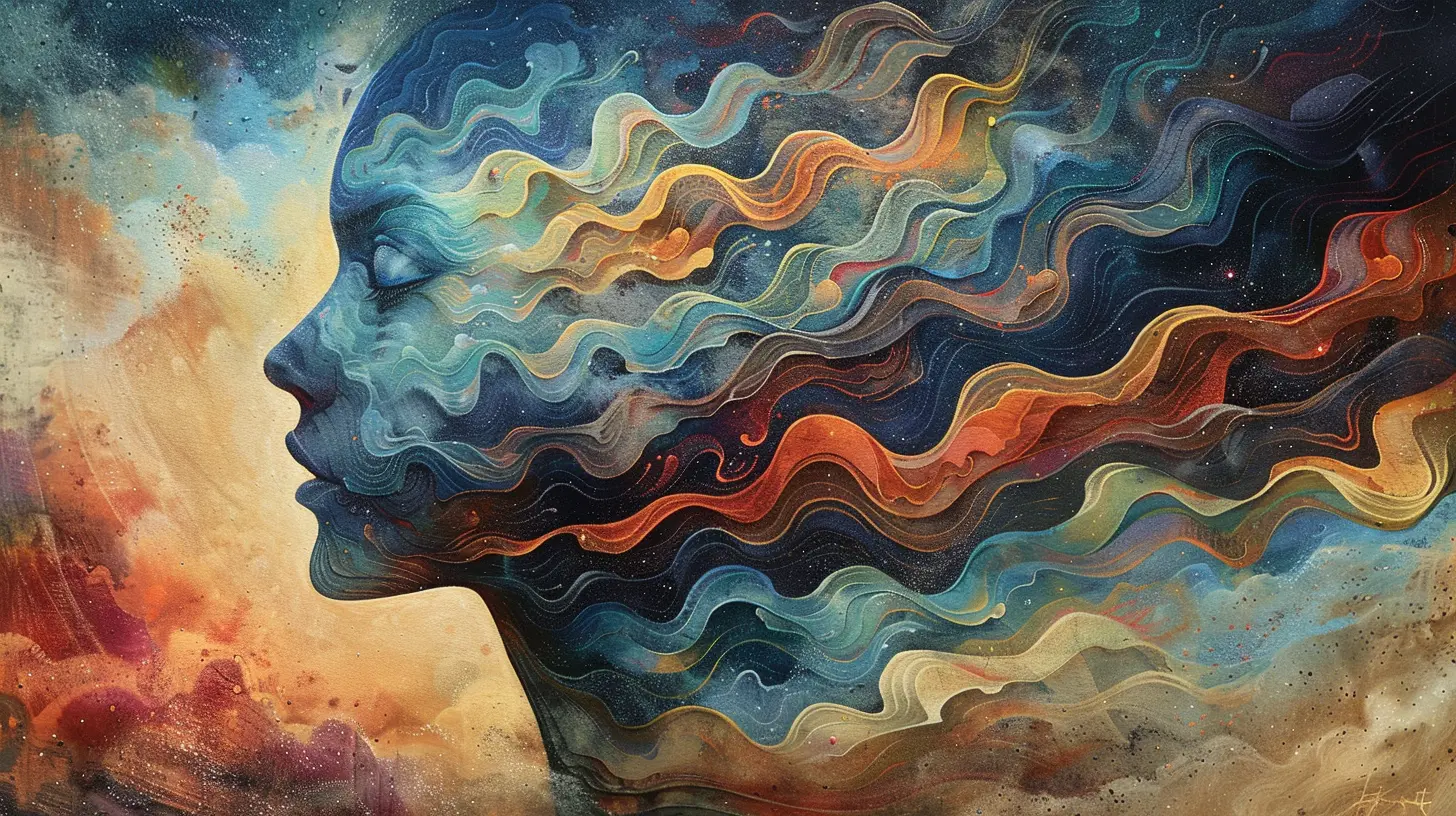
Art as an Expression of the Unconscious
Ever write something and think, “Where did that come from?” Or finish a painting and later realize it reflects your mood more than your surroundings? That’s the unconscious doing its thing.Freud and the Meaning Behind the Medium
Freud didn’t write tons about art, but when he did, wow—it was juicy. He analyzed artists like Leonardo da Vinci and Dostoevsky, looking at their inner worlds through their creations. His take? Artists give form to unconscious fantasies and repressed desires through their work. The canvas, the page, the stage—they all become safe spaces to express what we might not even know we’re holding.His follower Carl Jung took it a step further, emphasizing archetypes and a collective unconscious—a shared pool of symbols and themes across humanity. That’s why certain images or narratives feel universally powerful. Think about snakes, mirrors, or journeys—they hit something deep inside, right?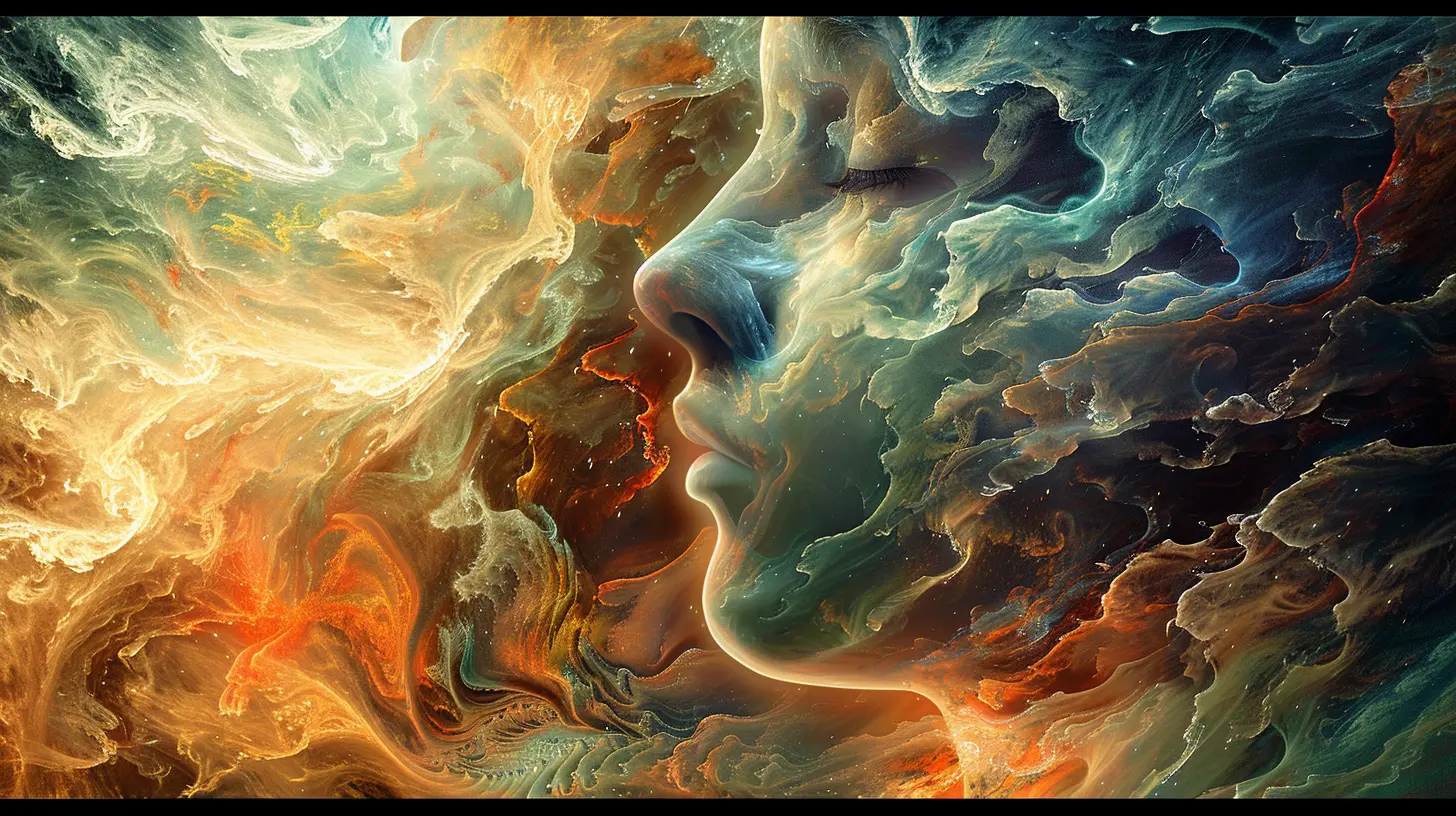
Creativity as a Sublimation Process
Here’s a fancy Freudian term for you: sublimation. It’s one of the ego’s clever ways of dealing with the id’s wild impulses. Instead of acting on socially unacceptable urges, we redirect that energy into something constructive or beautiful.So, when someone takes heartbreak and turns it into a haunting song, or channels rage into a vivid abstract painting—that’s sublimation at work. Creativity, in this sense, is a master negotiator between our inner chaos and the outside world.
Why Artists Are Often “Tortured Souls”
Ever notice that some of the greatest artists led deeply troubled lives? Think Van Gogh, Sylvia Plath, or Frida Kahlo. It’s not that you have to be in pain to create, but rather that those in pain often find refuge in creation.Art becomes more than expression—it’s survival. When words aren’t enough or when emotions feel too raw, images and metaphors take over. Like dreams, art speaks the language of the unconscious. This is the bridge psychoanalysis builds: understanding that deeply personal, emotional content can reveal what's lurking underneath.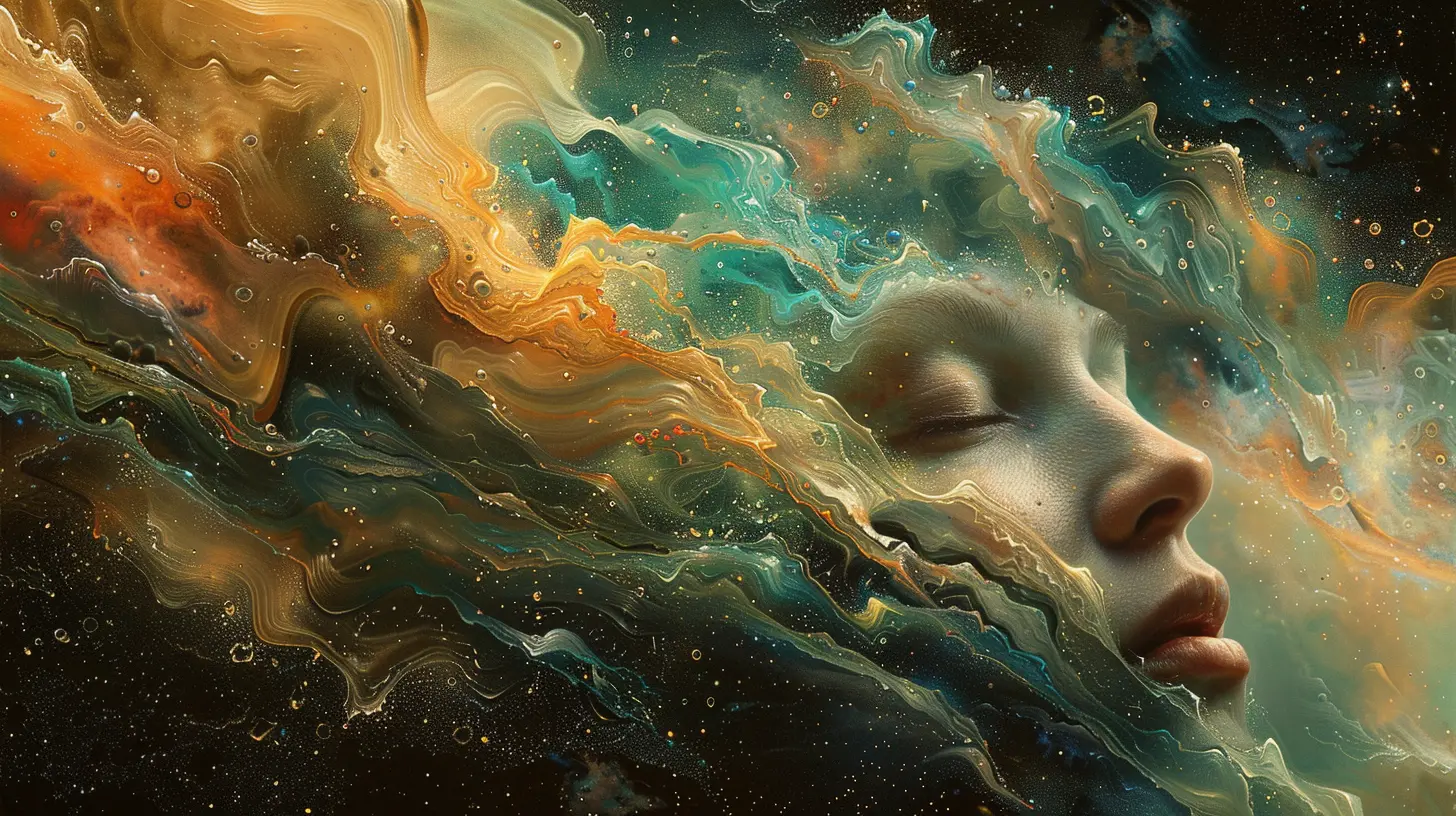
Dreams, Symbols, and Artistic Images
Let’s talk symbols. In psychoanalysis, symbols carry the weight of unconscious meaning. The same applies in art. Artists intuitively use symbols—whether it’s a recurring shadowy figure or a color palette that evokes childhood memories.Art = Waking Dreams?
Freud often called dreams the “royal road to the unconscious.” Guess what? Art might be the scenic detour. Both dreams and art bypass our logical filters. They flow through images, metaphors, and feelings. That’s why surrealists like Salvador Dalí or André Breton were obsessed with Freud. They wanted to unlock pure, unfiltered thought—what they called “automatic writing” or automatic creation.This technique allows thoughts to pour out with minimal conscious interference. Kind of like doodling during a boring Zoom call and realizing later your little sketch actually means something.
Case Studies: The Unconscious on Canvas and Stage
Let’s look at a couple of examples where psychoanalytic theory can peek into the artist's unconscious.Edvard Munch’s “The Scream”
That screaming figure in a swirling red sky? It’s not just anxiety—it’s the raw, uncontainable terror from deep inside. Munch described the inspiration as a panic attack while walking with friends. His painting captured what words couldn’t: existential dread. According to psychoanalysis, this could symbolize repressed trauma or fear of death—universal human themes.Franz Kafka’s “The Metamorphosis”
A man wakes up as an insect. Wild story, right? But think psychologically. Gregor Samsa’s transformation might reflect inner feelings of worthlessness or dehumanization. Kafka’s own life—filled with guilt, daddy issues, and alienation—seeps into his fiction like ink into paper.When you read or observe these works through a psychoanalytic lens, you don't just see art—you see memory, emotion, repression, fantasy, and desire.
The Role of the Audience: Projecting Our Own Unconscious
It’s not just about the artist. The viewer brings their psyche to the table, too. Ever cry during a movie for no obvious reason? Or get weirdly uncomfortable looking at a painting? That’s projection—another psychoanalytic concept.Projection is when we displace our feelings onto someone or something else. So, when a poem hits you “in the feels,” it might be triggering buried stuff. Not necessarily bad stuff, just… unresolved. Art becomes the mirror in which we see ourselves more clearly—or sometimes, more confusingly.
Art Therapy: Where Creativity Meets Healing
Here’s where it gets super practical. Art therapy is a real, growing field that uses artistic expression to tap into the unconscious and promote healing. And no, you don’t have to be "good" at art. It's not about aesthetics—it’s about unpacking your emotional suitcase.Art therapists often interpret themes, colors, and symbols as clues to what might be going on internally. It can help with trauma, anxiety, depression, and even developmental disorders. It’s kind of like psychoanalysis with paint or clay instead of conversation.
It's proof that creativity isn't just a luxury—it's a lifeline.
So, What Does This Mean for You?
You don’t have to be a Freud fanatic or a museum-goer to get something out of this. Understanding the link between psychoanalysis and art helps you:- Reflect more deeply on your own creative impulses.
- “Read” art in a new, more meaningful way.
- Tap into your unconscious through journaling, painting, or even doodling.
- Improve mental wellness by making space for expression that bypasses logic.
Maybe your next art project is trying to tell you something. Or maybe the music you write late at night holds answers you’ve been looking for. You don’t have to interpret it all—and you definitely don’t need to overthink every line or stroke. But knowing that your creativity holds psychological weight is kinda empowering, right?
Final Thoughts: Art Is the Unconscious Speaking in Color
In the end, psychoanalysis and art aren’t as different as they might seem. One tries to talk through the mess in our heads. The other paints it, sings it, writes it. Creativity is, in many ways, a natural extension of our inner world—it’s how our unconscious keeps whispering when we try so hard to silence it.So next time you find yourself staring into a painting that stirs something in you, or writing something that feels like it came from “somewhere else,” maybe pause and listen. That’s not randomness; that’s your inner voice, finally getting a moment on the stage.
Let it.
all images in this post were generated using AI tools
Category:
PsychoanalysisAuthor:

Alexandra Butler
Discussion
rate this article
2 comments
Zachary Hensley
This article offers a compelling exploration of the relationship between psychoanalysis and art. It effectively highlights how creativity can serve as a window into the unconscious mind. The examples provided are thought-provoking and illustrate the profound connection between artistic expression and psychological insight. A must-read for anyone interested in either field.
June 14, 2025 at 2:35 AM

Alexandra Butler
Thank you for your insightful feedback! I'm glad you found the exploration of creativity and the unconscious thought-provoking. Your support means a lot!
Soren McLaurin
This article beautifully illuminates the intricate relationship between psychoanalysis and creativity. It prompts us to consider how our subconscious shapes artistic expression. The insights on how art can serve as a window into our inner worlds are both thought-provoking and deeply personal, encouraging further exploration of our own creative journeys.
June 12, 2025 at 3:06 AM

Alexandra Butler
Thank you for your thoughtful comment! I'm glad the article resonated with you and sparked reflection on the connection between the unconscious and creativity.
